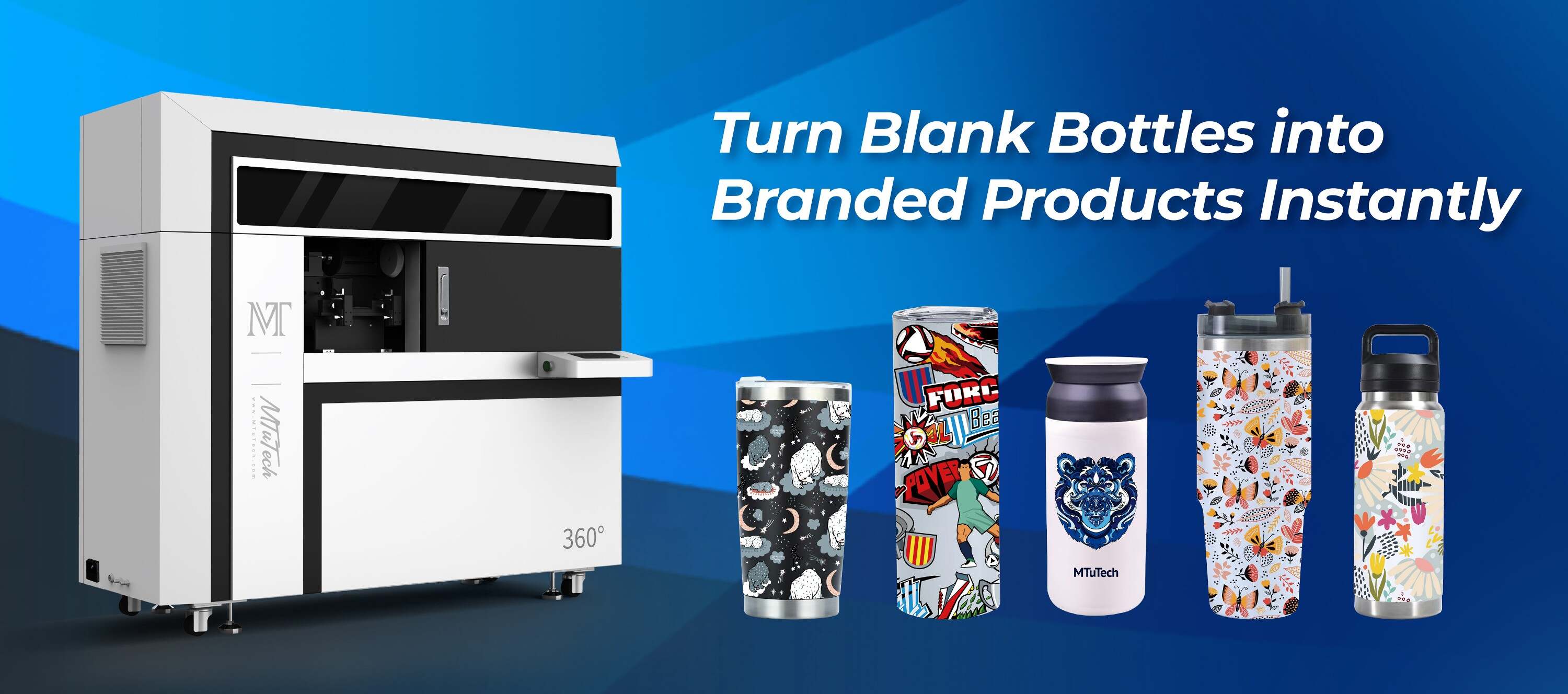Cylinder Printing on Rough or Textured Surfaces
Introduction
In the ever-evolving world of printing technology, cylinder printing has emerged as a revolutionary method, particularly for those looking to print on rough or textured surfaces. Whether you are in the packaging industry, creating promotional items, or preparing custom merchandise, understanding the nuances of cylinder printing can significantly elevate your production quality. This blog delves into the advantages, techniques, and various applications of cylinder printing on challenging surfaces.
What is Cylinder Printing?
Cylinder printing, sometimes referred to as rotary screen printing, is a process where ink is transferred onto a substrate through a rotating cylinder. This method allows for continuous printing, making it ideal for mass production and complex designs. The adaptability of cylinder printing to various materials, including challenging textures, is one of its standout features.
Benefits of Cylinder Printing on Rough or Textured Surfaces
High-Quality Print Results
Cylinder printing provides exceptional print quality by utilizing precision engraving methods. This means that even on rough or textured surfaces, the detail and vibrancy of the design remain intact. The deep impressions of the print help in enhancing the visual appeal and allowing better ink absorption.
Versatility in Design
One of the key benefits of cylinder printing is its versatility. It allows manufacturers to print a variety of patterns and designs that can accommodate the unique characteristics of textured surfaces. Whether it's uneven, bumpy textures or intricate engravings, cylinder printing can adapt effectively.
Cost-Effective for Large Batches
For businesses looking to produce large quantities, cylinder printing can be more cost-effective compared to other printing methods. The ability to print continuously and produce high volumes in shorter periods helps in reducing the overall production costs.
Durability of Prints
The cylinders used in this printing method are designed to withstand wear and tear, ensuring that the printed designs remain intact even under harsh conditions. This durability is crucial for products that are handled frequently or exposed to the elements.
Challenges of Cylinder Printing on Textured Surfaces
Adhesion Issues
One of the primary challenges when printing on rough or textured surfaces is maintaining ink adhesion. If the surface is overly rough, it may impede the ink from settling effectively, leading to smudging or fading. To combat this, using inks that are formulated for textured materials is essential.
Inconsistent Surface Levels
Textured surfaces are often not uniform, which can lead to variations in ink distribution. It is vital to ensure that the cylinder pressure is adequately adjusted to accommodate these inconsistencies and achieve uniform print quality.
Techniques for Effective Cylinder Printing on Textured Surfaces
Selecting the Right Ink
Choosing the ideal ink type is critical for ensuring optimal adhesion and print quality on rough surfaces. Inks that are thicker and have a higher viscosity often work better as they can fill in the surface irregularities without running or bleeding.
Adjusting Pressure and Speed
To achieve the best results when printing on rough surfaces, it’s important to experiment with the cylinder’s pressure and printing speed. A higher pressure may be necessary to ensure good contact and coverage, while a slower speed can allow inks to settle better and create more detailed prints.
Using a Primer
In some cases, applying a primer before printing can significantly enhance ink adhesion. The primer acts as a binding agent, providing a smooth layer for the ink to cling to and improving overall print quality.
Applications of Cylinder Printing on Rough Surfaces
Packaging Products
Cylinder printing is prominently used in packaging, particularly for items that require robust designs. From food and beverage containers to cosmetic packaging, the ability to print on uneven surfaces opens up new possibilities in label design and branding.
Custom Merchandise
Many businesses are turning to cylinder printing for creating custom merchandise such as mugs, bottles, or promotional items. The textured surfaces of these products can be effectively adorned with vibrant graphics that stand out in the marketplace.
Industrial Applications
Beyond consumer products, cylinder printing is also instrumental in industrial applications. Items like pipes, fittings, or tools can be printed with detailed images or information, ensuring clarity and visibility even on textured metal surfaces.
Conclusion
Cylinder printing on rough or textured surfaces is a powerful technique that boasts numerous benefits, from enhanced print quality to cost-effective mass production. By understanding the challenges and implementing the right techniques, businesses can create stunning and durable prints that meet their specific needs. As technology continues to advance, cylinder printing will likely innovate even further, offering broader options for manufacturers and designers alike.
If you are looking to enhance your printing capabilities, consider exploring the advancements in cylindrical printing technology. Explore our high-quality Cylindrical printers here to find the ideal solutions for your needs.
FAQ
What are the advantages of using cylinder printing over flatbed printing?
Cylinder printing provides high-quality, consistent results and is more efficient for large production runs. It also excels in printing on curved and textured surfaces, making it ideal for various packaging and product applications.
Can any textured surface be printed using cylinder printing?
While cylinder printing is adaptable to many surfaces, excessively rough or uneven textures may pose challenges. It's essential to choose the correct inks and techniques to achieve optimal results on such surfaces.
What types of inks are best suited for cylinder printing on textured surfaces?
High-viscosity inks designed for rough surfaces are typically the best choice. These inks can better adhere to uneven textures, preventing smudging or fading.
How do you ensure print quality when using cylinder printing on irregular surfaces?
To ensure print quality, adjust the cylinder's pressure and speed, use suitable inks, and consider applying a primer to improve adhesion. Regular testing and adjustments during the printing process also help achieve consistent quality.
Is cylinder printing environmentally friendly?
Yes, cylinder printing can be environmentally friendly, particularly when using eco-solvent or UV-curable inks. Many manufacturers are moving towards sustainable practices, reducing waste and harmful emissions.

